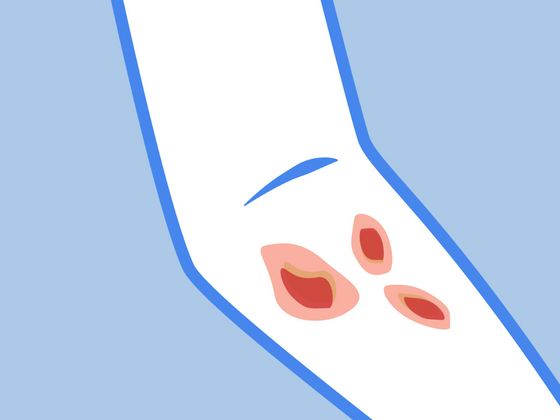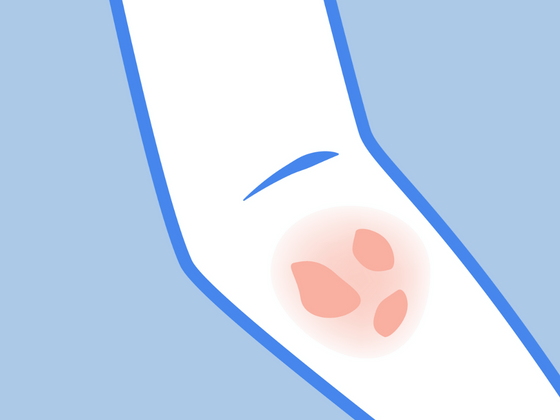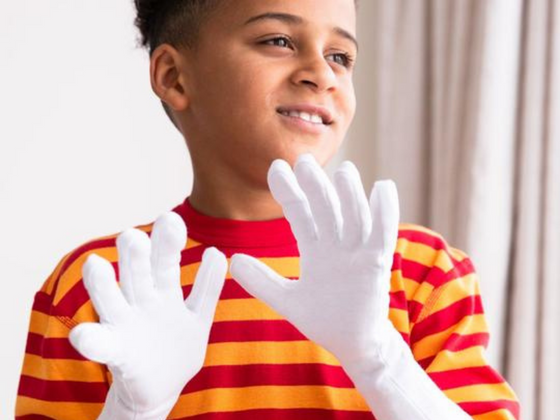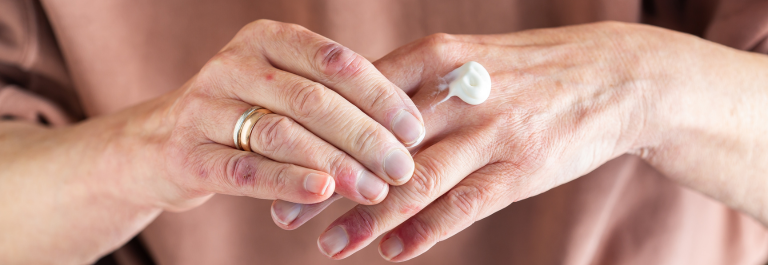Does your child get small, itchy bumps on their elbows or knees every summer? These stubborn rashes could be a sign of frictional lichenoid dermatitis, a seasonal skin disorder that often affects active kids. Though it can look like eczema or even warts, this recurrent papular eruption is usually harmless — and it often clears up on its own.
In this blog, we're going to explore:
-
The clinical features and causative factors of frictional lichenoid dermatitis
-
How to differentiate it from similar skin disorders like atopic dermatitis and keratosis pilaris
-
Common children's treatment options and tips for prevention during seasonal flare-ups
Read on to gain a deeper understanding of this intriguing skin condition and learn how to recognize and manage it effectively.
What Is Frictional Lichenoid Dermatitis?
Frictional lichenoid dermatitis (sometimes called a frictional lichenoid eruption or juvenile papular dermatitis) is a lichenoid skin disease that typically affects children with an atopic background — meaning they may also have atopic dermatitis, asthma, or allergies.
This papular eruption of childhood often appears in the warmer months, especially after engaging in outdoor activities. Kids who play sports, wear tight clothing, or sweat a lot are more likely to develop this condition, which is why it's also known as summer lichenoid dermatitis or summertime pityriasis.
What does it Look Like?
This condition typically presents as:
-
Flat-topped, skin-colored, or pinkish lichenoid papules
-
Bumps located on extensor surfaces like elbows, knees, and distal or proximal interphalangeal joints
-
Sometimes forming small plaques, especially in recurrent disease or severe cases
The rash is usually mild, but it may itch or worsen with chronic scratching. Physical examination often shows epidermal hyperplasia, lymphocytic infiltration, and perifollicular erythema in more persistent cases.
Because it recurs in warm weather and resolves in cooler months, it's often misdiagnosed or overlooked as a seasonal variant of atopic eczema cream or even keratosis pilaris.
What Causes It?
The name might sound complex, but the causes are pretty straightforward. These skin bumps happen when friction (like from rough clothes or surfaces) combines with sweat, heat, and sun exposure — things that are more common in summer. That's why this condition is sometimes called summertime pityriasis or Sutton's summer prurigo.
You're more likely to see these bumps if your child:
-
Spends a lot of time playing outside
-
Wears tight or rough clothing (like jeans)
-
Sweats a lot
-
Has sensitive skin or a history of eczema cream for babies
While the rash may look alarming, it's usually harmless and tends to subside on its own once the weather cools down or the irritation subsides.
How to Tell It Apart from Other Conditions
Frictional lichenoid dermatitis can be confused with several other skin lesions and cutaneous manifestations, including:
-
Atopic dermatitis (eczema): More inflamed and itchy, often found in skin folds
-
Keratosis pilaris: Commonly affects the upper arms and thighs and doesn't fluctuate seasonally
-
Flat warts or molluscum contagiosum: Viral, not related to friction or weather
-
Polymorphic light eruption: Triggered by sun exposure but appears differently
It's important to get the diagnostic criteria right, especially since this morphologic variant can mimic other conditions. In unclear cases, a skin biopsy may be helpful, although most doctors diagnose it based on appearance and medical history.
Natural Treatment Options
Frictional lichenoid dermatitis is typically self-limiting, meaning it usually resolves without requiring extensive treatment.
That said, here are some simple tips that can help:
Moisturize regularly
Keeping skin hydrated is key to managing frictional lichenoid dermatitis. This Satya Organic Eczema Relief Glide Stick makes it easy with a mess-free, travel-friendly format kids can use themselves. Made with anti-inflammatory colloidal oats and free from harsh chemicals, this natural balm soothes irritated skin and helps reduce eczema symptoms on the go — perfect for use in backpacks, cars, or gym bags.
Avoid rough or tight clothing
Friction and heat from tight or coarse fabrics can aggravate the skin, especially when using harsh detergent for sensitive skin, especially when using harsh detergent for sensitive skin, especially in children with atopic conditions. Remedywear™ clothing is made with TENCEL and zinc-infused fibers that soothe irritation, reduce inflammation, and help calm eczema flare-ups. The garments are lightweight, breathable, and offer UPF 35–50+ sun protection, making them ideal for outdoor wear during the summer, especially when skin needs extra care and coverage.
Remedywear Long Pants for Kids — Lightweight, protective pants designed to be worn under regular clothing or as a dry wrap layer. Perfect for soothing irritated or sun-exposed skin while providing gentle, breathable coverage.
Remedywear Long Sleeve Shirt for Kids — Soft, breathable top that comforts sensitive skin while shielding common flare-up areas like arms, chest, and back. It feels like a second skin, helping to calm irritation and reduce inflammation throughout the day.
Limit sun exposure
Limiting sun exposure helps reduce the irritation that can trigger flare-ups of frictional lichenoid dermatitis. Try to keep your child's skin cool and protected during the hottest parts of the day, especially when UV radiation is strongest. Wearing loose, breathable clothing and seeking shade can make a big difference in preventing new skin lesions and easing existing symptoms.
Help Your Child's Skin Feel Its Best
Frictional lichenoid dermatitis might be uncomfortable, but with the right knowledge and care, it doesn't have to hold your child back. Listen to what the skin is telling you — addressing concerns early can lead to healthier, happier skin all year long.











